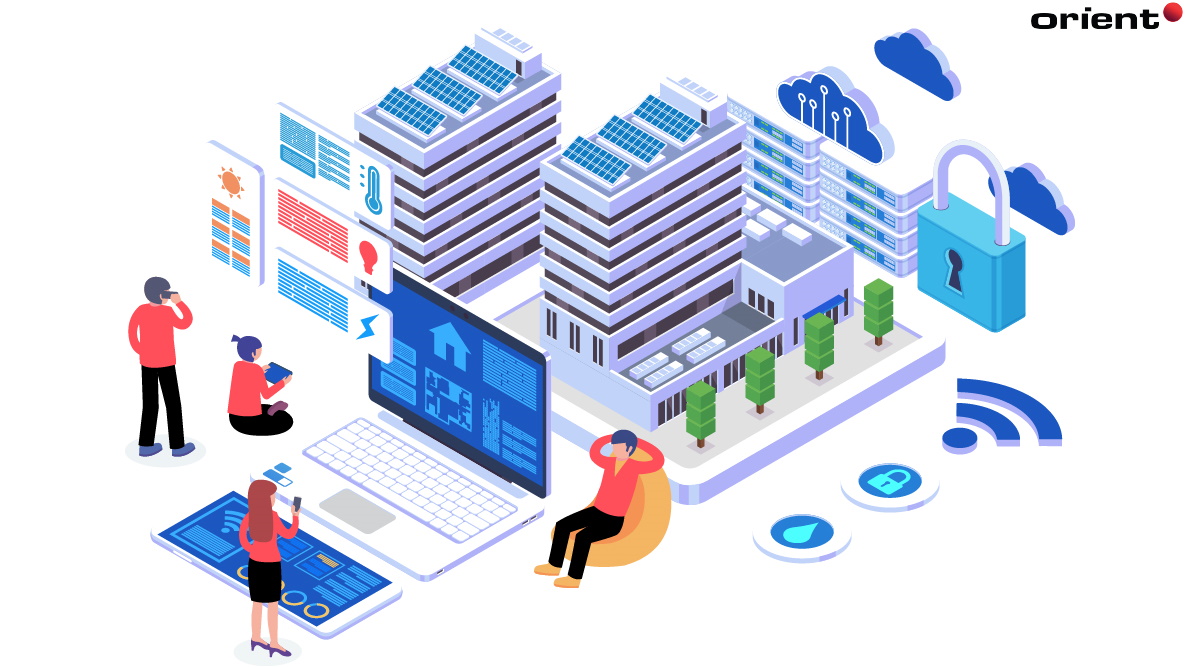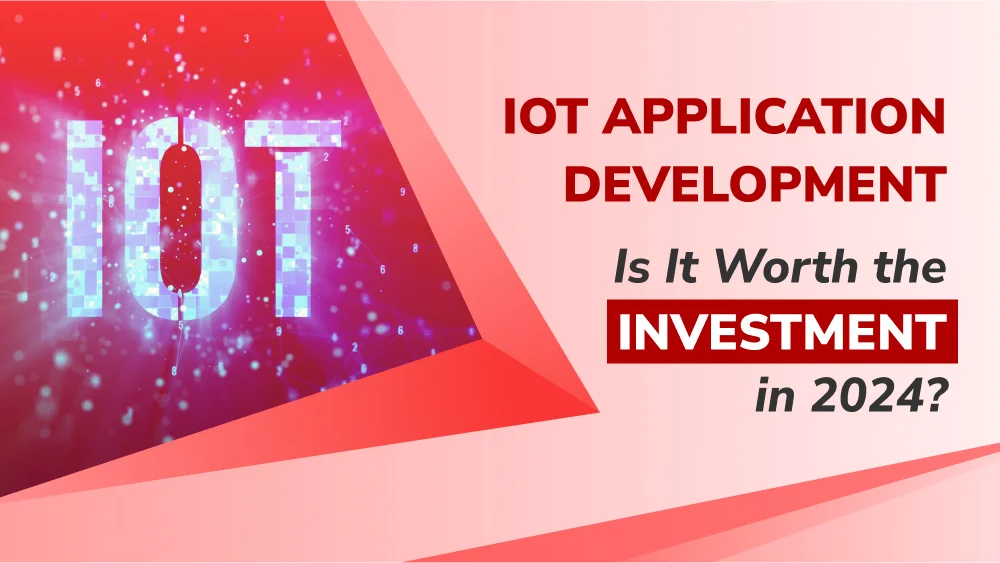How IoT Governance Can Help Address Data Privacy and Security Concerns

Content Map
More chaptersThe term IoT (Internet of Things) refers to a collective network of connected devices, and the technology that let these devices communicate with each other, with the cloud, and with user devices (smartphones, laptops, desktop workstations, tablets). Sensors and other technologies transform ordinary devices into ‘smart’ devices. Smart devices can connect to the internet, collect and share data, and be managed by users via an app.
Almost any device can become a smart device, adding new features and functionalities. Smart fridges can recommend recipes based on the contents inside, while smart equipment monitoring devices can send real-time emergency alerts and scheduled maintenance reminders to registered users via email, SMS, and Push notifications.
As more industries and organizations use IoT devices, data privacy and security concerns arise. Many IoT devices contain sensitive company data and PII (Personally Identifiable Information). Cybercriminals who successfully hack these devices can then steal this data and sell it on the Dark Web or hold it ransom for profit.
IoT Governance Explained
As IoT usage becomes more widespread, the physical network of IoT devices grows larger and more complicated to manage, with approximately 13.1 billion IoT devices in operation today according to Statista. An IoT governance model is an effective way to address data security and privacy concerns, as well as legal, ethical, and public relations matters. It establishes the policies, procedures, and practices that define how a company will design, build, deploy, and manage an IoT system.
IoT governance models also outline how the system will comply with industry, local, and global data security and privacy laws. These laws define how an IoT device should collect, store, manage, use, and discard data. The type of data an IoT device collects is another contributing factor. IoT devices that collect sensitive PII – i.e. full name, home address, driver’s license, medical record – must manage this data in accordance with data protection laws, such as the GDPR in EU member states. Failure to do so can result in significant fines.
Should organizations that collect sensitive data be allowed to sell and monetize it? What happens if a government entity or court order demands that such data be handed over? What security measures should be in place to protect the IoT network from unauthorized access? IoT governance models can help answer these questions. Google, for instance, has a policy against users sending PII to Google when collecting Analytics data.
The Three Main Criteria of an IoT Governance Model
A good IoT governance model should serve as a roadmap to follow, addressing the most pressing IoT concerns, including data security, data management, privacy, and technological requirements. The more comprehensive an IoT governance model is, and the more areas of concern it covers, the more effectively it will overcome challenges and deliver successful results. Therefore, companies can make more informed decisions, maintain customer confidence, and avoid paying penalties due to non-compliance.
No two IoT governance models are alike. But there are three areas that any model should cover. These include Technical Architecture, Data Management, and Information Security. Each area covers different facets of the IoT governance model. And they each involve the input of different decision makers and subject matter experts. After all, creating an IoT governance model should be a collaborative effort, one that involves several brainstorming sessions, consisting of feedback from people from all walks of life, from programmers to designers to product owners to legal consultants.
Here is a quick breakdown of the three areas that an IoT governance model should cover:
Technical Architecture
Technical architecture is the blueprint to follow to design an IoT system and related software. There may already be a technical architecture standard in place before the creation of the IoT governance model. This standard may be used as is or modified to suit the unique requirements of the IoT governance model. It may need modifying based on the volume of IoT devices that are added or interacted with, the technical limitations of the physical IoT device, and the type of data the IoT device will collect. Given the nature of the subject, matters surrounding technical architecture are largely established by technical experts such as coders, programmers, and project managers.
Data Management
Data management is one of the most complex and challenging components of an IoT governance model. That is because there are more than technical considerations to be made. How a company collects, stores, and uses data is a major legal and ethical hurdle to overcome. Data scientists, data analysts, and data engineers play a huge role in outlining the data management components of an IoT governance model. For example, the data analyst may outline what data should be collected and how it should be analyzed, while a data engineer will propose the tools to be used for easy data access and interpretation.
Legal consultants and advisors with experience in data security and privacy may also be of assistance, making sure the company’s governance model is compliant with industry, local, and global standards.
Information Security
Information security refers to how secure an IoT device is. Following the recommended manufacturer guidelines is the best way to secure an IoT device. And those configurations should be reviewed when changes occur, such as when IoT devices are added or removed from the network. Information security also refers to the data collection process, including the type and volume of data collected. If an IoT device collects Personally Identifiable Information (PII), strict security measures should be in place to protect that data. These include requiring users to provide additional proof of identity with MFA, and encrypting sensitive PII during transmission from one IoT device to another device.
Stay Ahead With the Latest IoT Solutions

IoT is rapidly changing how we interact with technology. Smart-enabled devices are able to communicate with each other; transmit data to mobile, web, and desktop software applications; monitor existing equipment; and alert us to potential equipment failure before occurring. These features expand the functionality of our devices, making life easier, more productive, and more efficient at home and at work.
IoT does present numerous challenges, though. They pose massive data privacy and security concerns. If not properly configured, cybercriminals can hack vulnerable IoT devices and software, increasing the risk of successful data breaches. These breaches could lead to increased fraudulent activity, ransomware attempts, and large-scale public relations disasters for affected organizations.
When incorporating the IoT into a residential, commercial, or industrial environment, invest in an IoT solution that meets your specific needs. An IoT service provider can provide technologies that help increase business efficiency and create new opportunities for growth. This involves choosing the right communication method – WiFi, Zigbee, and LoRa Communications – and taking advantage of Google’s newest operating system for IoT, Android Things, for features such as machine learning and Google Voice Assistant for easy operation.







